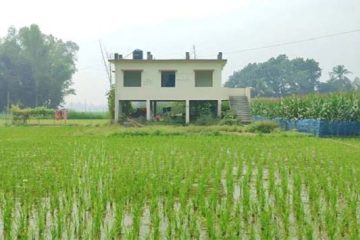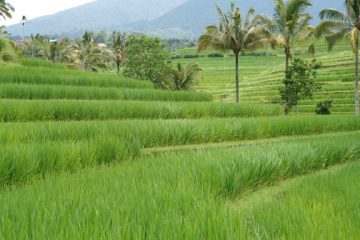Tanguar Haor
Fishermen earn right to fish
Wasim Bin Habib, back from Tanguar haor, Sunamganj

It could have been just another day in the life of Dinesh Barman, a fisherman who along with his mates had just reeled in a 5kg ruhi onto his boat.
But the catch was not the only reason to celebrate it more importantly marked his community’s right to fish in Tanguar haor, one of the country’s largest freshwater wetlands in Sunamganj district.
Dinesh is among 47 other fishermen who are taking part in a pilot fish harvesting scheme. The programme was inaugurated by Deputy Commissioner (DC) of Sunamganj Farid Ahmed on January 16 and will continue till March 31.
The fishermen were relieved a year of deprivation and harassment was over and now they could claim their right to fish on a large scale instead.
“At last our fishing rights have been established. We are extremely happy to catch fish in a system and we want to catch more,” Dinesh, an inhabitant of Uttar Bangshikunda village under Tahirpur upazila in Sunamganj, told The Daily Star.
Until recently when the leasing system of the haor was active fishermen resorted to stealing fish. And if the leaseholders caught them they would be punished. In some cases fishermen were reportedly killed.
“In the past we risked our lives because we depended on it,” he said, adding that the leaseholders’ goons used to beat them up if they found any fish being cooked in our houses. But now we can fish as much as we want without fear of intimidation,” he added.
Following years of pilferage by influential locals that depleted its resources and damaged the ecosystem, the government banned the leasing system of the Tanguar haor in 2000 and declared it an ‘Ecologically Critical Area’ (ECA).
Located in the foothills of Meghalaya, the Tanguar haor covers about 10,000 hectares of water bodies in Sunamganj and parts of Habiganj, Netrokona and Kishoreganj districts and provides for livelihood of over 55,000 people in 88 villages around it.
The haor was declared a Ramsar site, the second one in Bangladesh, in 2000 considering its potential and international importance.
Due to its status as an ECA and Ramsar site, the Ministry of Environment and Forest (MoEF) with technical assistance from the International Union for Conservation of Nature (IUCN) initiated a project titled ‘Community Based Sustainable Management of Tanguar Haor’ at Tanguar haor in 2006.
The project is being implemented in Tahirpur and Dharmapasha upazilas of Sunamganj district with the aim at building the capacity of the rural communities around the haor to share in the management of water, fisheries, forest and other resources for generating income.
However, the goal of the first phase of the project is to initiate and test a pilot co-management system for Tanguar haor. The test fish harvesting programme was part of a first phase. Last year, a token fish harvesting was held.
As part of the scheme the fishermen were provided with a card along with a yellow sleeveless shirt for identification purposes. Besides, a monitoring group also patrolled the haor.
Any fish they caught were sold through open bid where the fish mongers had no scope to deprive the fishermen.
“This has been done to ensure transparency as well as ensuring their share in the management,” said Raquibul Amin, programme coordinator of IUCN.
Only enlisted fishermen can catch operate in the haor, he said adding that initially fishermen of 46 villages will enjoy the right to fish. Eventually fishermen of all 88 villages will be engaged in the programme, he added.
Forty percent of the fish sale will go to those who catch fish, 36 percent will go to the community- based organisations which will eventually take over management system of the haor. The rest 24 percent will go to government, he said.
The fishermen said that they are happy with the system.
“None without the card can catch fish now,” said Nekbar Ali of Dakhhin Sripur, adding that the malpractice of catching during the breeding season and bribing the Ansar guards for catching at night will ease.
DC Farid Ahmed Bhuiyan said it is essential to involve more communities in the process so that they can benefit from the haor and also feel encouraged to protect its ecology and bio-diversity.
Courtesy: thedailystar.net






